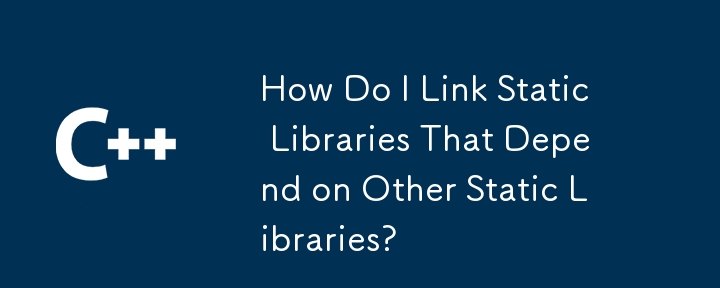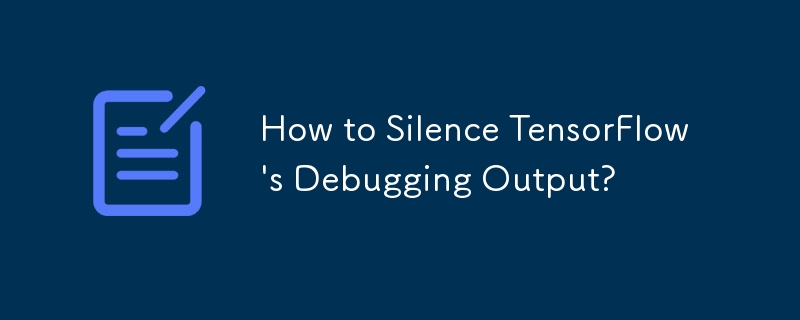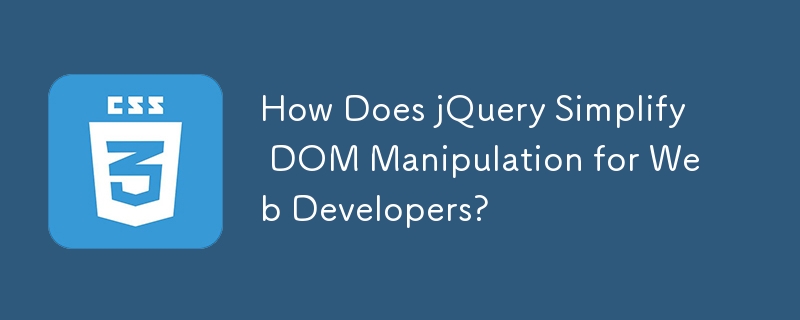<?php
namespace App\Model\Database;
class Config
{
public $dsn;
public $user;
public $password;
/**
* @var string 分库分表后得到的数据库名
*/
public $dbname;
/**
* @var string 分库分表后得到的表名
*/
public $table;
/**
* @var array MySQL 配置数组
*/
private static $config;
/**
* @var string 配置文件路径
*/
private static $configFile = 'mysql.php';This is a very easy-to-use PHP class for MySQL sub-database and table. Friends who need it can download and use it. More exciting things can be found on the PHP Chinese website.
All resources on this site are contributed by netizens or reprinted by major download sites. Please check the integrity of the software yourself! All resources on this site are for learning reference only. Please do not use them for commercial purposes. Otherwise, you will be responsible for all consequences! If there is any infringement, please contact us to delete it. Contact information: admin@php.cn
Related Article
 How Do I Link Static Libraries That Depend on Other Static Libraries?
How Do I Link Static Libraries That Depend on Other Static Libraries?
13 Dec 2024
Linking Static Libraries to Other Static Libraries: A Comprehensive ApproachStatic libraries provide a convenient mechanism to package reusable...
 How to Split Keywords for Database Optimization: An Efficient PHP and MySQL Approach?
How to Split Keywords for Database Optimization: An Efficient PHP and MySQL Approach?
31 Oct 2024
Split Keywords for Database Optimization: An Efficient PHP and MySQL ApproachNormalizing data is crucial for efficient database performance. When...
 How to Silence TensorFlow\'s Debugging Output?
How to Silence TensorFlow\'s Debugging Output?
28 Oct 2024
Suppression of Tensorflow Debugging OutputTensorflow prints extensive information about loaded libraries, found devices, and other debugging data...
 How can I delete multiple rows from a MySQL database table using checkboxes in PHP, and what common errors should I avoid?
How can I delete multiple rows from a MySQL database table using checkboxes in PHP, and what common errors should I avoid?
26 Oct 2024
Multi-Row Deletion Using Checkboxes in PHPThe provided code aims to delete multiple rows from a MySQL database table. However, the current...
 How Does jQuery Simplify DOM Manipulation for Web Developers?
How Does jQuery Simplify DOM Manipulation for Web Developers?
03 Jan 2025
Overflow: Hidden and Expansion of HeightjQuery distinguishes itself from other JavaScript libraries through its cross-platform compatibility and...
 Which native Java image processing library is right for you?
Which native Java image processing library is right for you?
30 Oct 2024
Native Java Image Processing Libraries for High-Quality ResultsAs you have encountered limitations with ImageMagick and JAI, let's explore other...


Hot Tools

PHP library for dependency injection containers
PHP library for dependency injection containers

A collection of 50 excellent classic PHP algorithms
Classic PHP algorithm, learn excellent ideas and expand your thinking

Small PHP library for optimizing images
Small PHP library for optimizing images




